How to make and bake sourdough bread at home
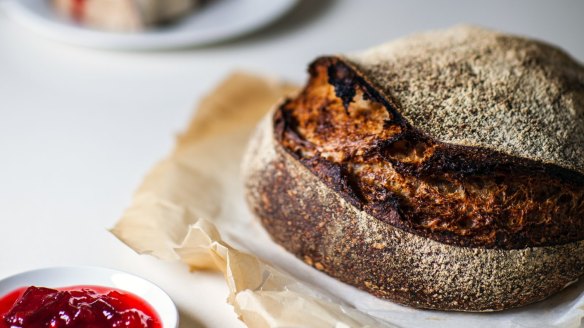
When you see those deeply caramelised loaves with their perfect crumb, artistically split tops, and modest rise that says "I've let this ferment wildly, slowly and naturally, without the aid of obnoxious instant yeast" you know you're in Sourdough Country.
It's a country traditionally inhabited by bakers with wonderful wood-fired ovens and heavenly baking paddles, wearing flour-dusted linen smocks and well-worn leather clogs, playing Bach while they gently fold their dough.
But now we're all stuck inside (some of us a little less, as the restrictions slowly relax but we're coming into the chilly season which is no time to be cavorting outdoors unless you're planting your winter greens), a good number of us have given sourdough baking a crack. With mixed results.
I'm sorry to tell you this, but sourdough is not easy.
I started baking a couple of months ago. I've produced two loaves of bread a week, each time trying something new as I've sought advice from some of the country's most talented baker-chefs. And out of all that, I have cooked precisely two loaves of bread I've been happy with. Welcome to my wild ride.
The starter
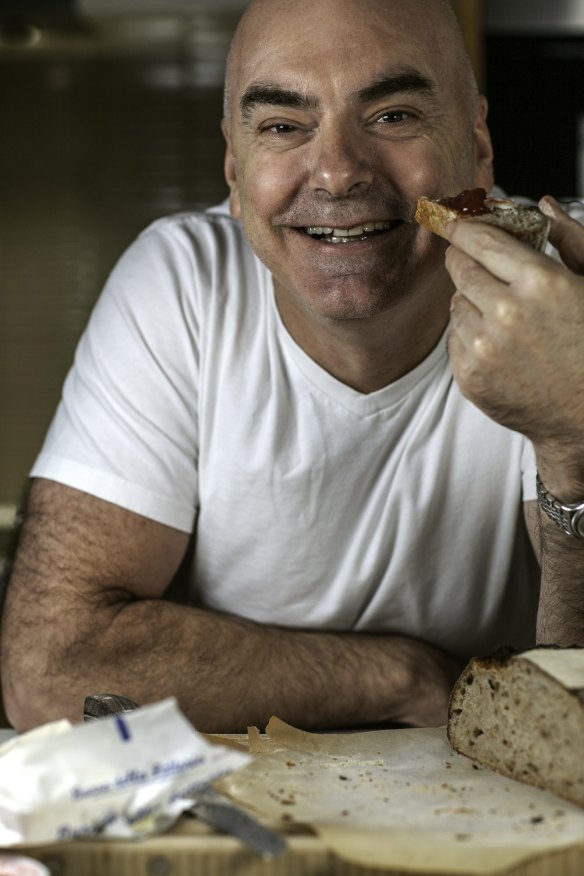
Your mother dough, or levain, is the wild yeast that will help your bread rise and also, after time, give it that lovely sour flavour.
For me, the bread at three-hat Sydney restaurant Sixpenny (currently Sixpenny General Store and Bakery) has a beautiful, ultra sour flavour and bouncy crumb that I would love to achieve in my own home baking. When I asked chef Dan Puskas about achieving that, he said it comes from having a good starter, and a really good sour flavour takes more than a few days to build. It takes months.
My first attempt at starter involved some old White Wings flour and a bit of tap water. Quelle surprise, it was terrible. It had no flavour, and developed a watery layer as a result of not having enough complex sugars to feed on. Think of looking after your levain as caring for a baby. It's needy. It requires regular feeding and changing.
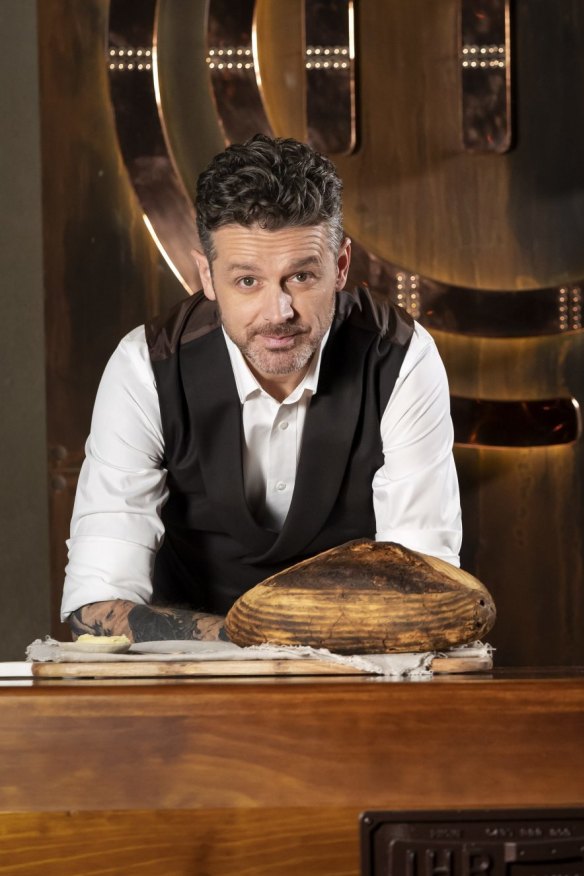
The second version I made, after speaking to Puskas, was far more successful. He gently suggested buying some rye flour and some good, unbleached organic baker's flour. I added yoghurt and sultanas into the mix to really give it a fighting chance. The new starter, within two days, went berserk. It was a happy, fat, screaming infant.
Too happy actually. It was exploding, I panicked and threw half of it down the sink with the same guilt as the time I murdered my kombucha SCOBY because it was too high maintenance.
Here's the thing. Your bread is only as good as your starter, and your starter is only as good as your flour. Last week, I ran out of rye flour and so did my local wholefoods. So I fed my mother dough on a diet of white flour until it started to languish.
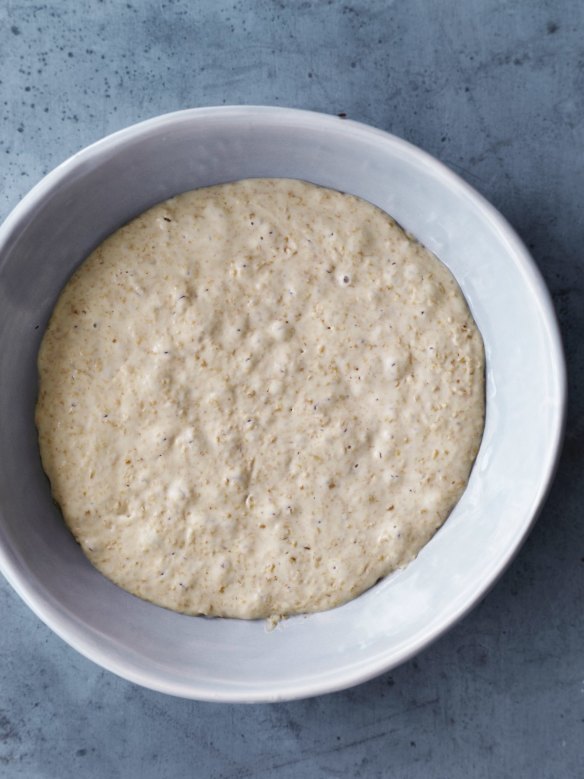
Chef and longtime baker Mark Best advised me to get my starter back on a strict feeding schedule with plenty of good, healthy flour. Rye is vital because it helps make that true sour taste. "It should have the consistency and look of an uncooked crumpet," he says.
MasterChef judge Jock Zonfrillo feeds his starter twice a day "until," as he describes it, "it's absolutely pinging".
"The bacteria in a starter stays there forever. You can put it in your fridge and it'll go dormant for 12 months," he says. "[When you take it out] it'll take about 14 days to get it back to being ready to make a loaf, but the bacteria and flavour is still there."
I'd say there's a pretty happy medium between my approach (slack, borderline murderous) and Zonfrillo's (obsessive, borderline OCD) and that is to feed it with good quality flour, according to these instructions.
No fooling, works-every-time starter
You will need to begin this process at least five days before you intend to start your first loaf of bread. This is a variation on the recipe you'll find in Fergus Henderson's second cookbook, Beyond Nose to Tail.
INGREDIENTS
50g rye flour
50g unbleached organic baker's flour
1 tbsp natural yoghurt
small handful of sultanas or organic dates
100ml filtered water
METHOD
Day one
In a large sterilised glass container, combine all ingredients, leave loosely covered.
Day two
Add all ingredients again, except sultanas. Leave somewhere warm (I keep mine by the toaster).
Day three
It should have started to ferment – you'll see bubbles happening and it should look a bit swampy. Throw away half and replace with 100g fresh flour and 100ml water.
Day four
It should be going a bit feral at this point, and starting to smell sour. Repeat day three all over again.
Day five
If it's looking like an uncooked crumpet – lots of air holes and bubbles and the consistency of silly putty with a good sour tangy smell – you're ready to bake. If not, repeat the process of day four and give it another 24 hours.
The prove
I know this sounds crazy but dough picks up on your vibe. If you're not feeling it when you start the process and accidentally miss a step, you may as well stop now because it's going to be an exercise in futility.
To bake a nice loaf of bread, you need to devote at least half a day to proving. You need to feel focused, calm and alert. It's easy yet technical. It's time-consuming but also not demanding.
Everyone has a different method for getting bread to rise and every method works perfectly for that individual. It's easy enough to get a nice, golden exterior, bubbling with a perfect artistic slash on the top. But show me the middle of a loaf of bread and I'll show you who you are. I've certainly been guilty of 'gramming a beautiful looking loaf, only to conveniently leave out the fact the bottom was raw.
When it comes to the best methods to prove a loaf of bread – kneading versus folding, how long, how hard, how often – much of it comes down to what feels right for you after some practice. Once you've found a method that works, stick with it.
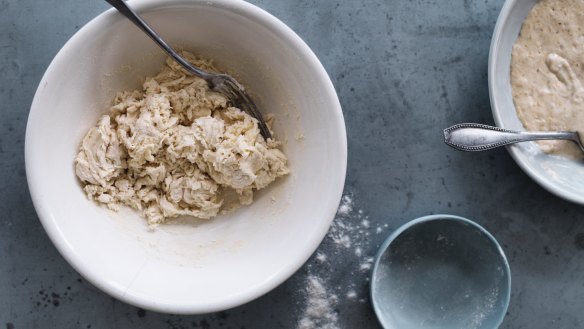
The dough
This recipe was passed down to me via Good Food deputy editor Roslyn Grundy which was passed down to her by former Good Food Guide editor, Janne Apelgren with a few variations thanks to advice from Zonfrillo and Best. It's simple, and it works.
INGREDIENTS
120g starter
450ml filtered water
600g flour (try 500g baker's flour and 100g rye)
3 pinches of salt
METHOD
- In a nice big bowl combine flour and water and mix until it's a shaggy mess. This is called autolyse and it's the process that activates all the enzymes in your flour and stimulates gluten development. Super magical stuff. Leave this for as long as you can be bothered. I like to rest it covered overnight somewhere ambient, but even an hour or two will make a huge difference to the end result.
- Knead until everything is smooth and combined, about 10 minutes. When you're ready, throw a few generous pinches of salt in the bowl, add your starter, a little more water if you think it needs it and knead it in. Cover the bowl and leave it for 30 to 45 minutes.
- Now it's time for your first fold. Lightly spray a clean bench with filtered water, and spray your hands. Carefully take the dough out of the bowl and place on the damp bench. Working from the middle, gently stretch the dough to fom a rough rectangle. Then fold the dough back in a side at a time until you have formed a tight, little parcel. Give it a pat then cover it back up and leave for 45 minutes or so. Repeat this four times, then leave for three hours.
- Line a 20cm bowl with a floured linen tea towel. Pick up your dough gently and start shaping it into a neat, tight ball. Place your dough in the bowl on the tea towel, seam side up. Dust a little flour over the top then put the lot in a plastic bag in the fridge and forget about it 'til the next morning.
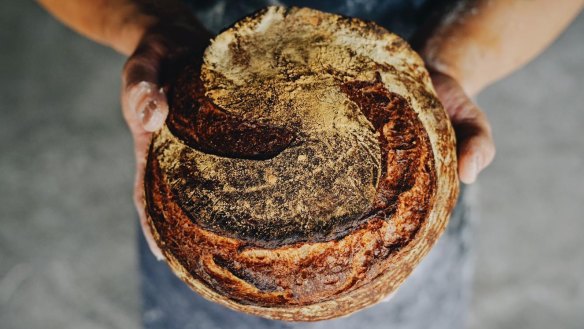
The bake
The good news is all your hard work with your starter and proving is about to pay off. Soon, there will be delicious bread.
One of the worst insults you can sling at a bread enthusiast is "pale loaf". You know the ones – they have that redhead-at-the-seaside pallor – the result of an unconfident/inexperienced baker who pulls their bread out of the oven way too soon because they're afraid of burning it.
The most important thing you can do at this point is to heat your oven as hot as it can possibly go – as high as 250 degrees if you can. And while you're heating it, you'll want to look at your weapon of choice when it comes to your baking vehicle.
I gave Jock Zonfrillo's preferred method a whirl, which involves preheating a pizza stone then baking the bread under a metal bowl. I can see how this might work in a good oven like the one he probably has at home, but I'm in a Sydney rental where the appliances have remained unchanged since the mid '70s. The result? The top was deeply burnished and the crumb was pretty great, but the bottom of the bread looked anemic.
I tried heating the pizza stone outside on a charcoal barbecue to inject some more heat into it before placing it in the oven but that only resulted in cracking the stone. The final stage was to flip the bread upside down for the final five minutes of the bake, which worked, but it was a lot of mucking around.
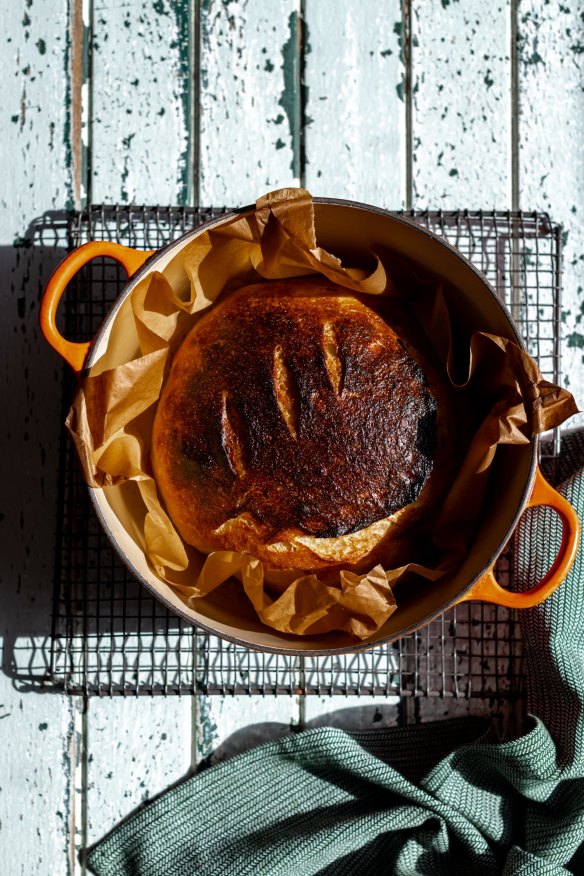
The straightforward method which works in any oven, is the Dutch oven technique. Not only does the shape of, say, a classic Le Creuset casserole mean the bread is forced to work up, not out, but the thermo-mass of the cast iron means after 90 minutes of preheating in the oven, it's very hot, and the lid aids in creating steam, which is essential to get the bread to rise.
The stress here, of course, is getting the lava hot casserole out of the oven, getting the bread into it and then getting the whole lot back into the oven without burning yourself or letting much heat escape. It takes the speed and patience of a Buddhist monk.
But here's a trick.
Take the dough out of the fridge just as you're ready to bake, put a long piece of baking paper on a cutting board, place the cutting board over the bowl and invert. Slash your dough (I use scissors, but you could use a Stanley knife), any which way you choose to give the bread room to move as it develops in the oven. Mark Best suggests slashing at intervals like a clock face.
Take the casserole carefully out of the oven, close the oven door, remove the lid and then, using the baking paper as a sling, gently placing the dough inside. Pop the lid back on (it doesn't matter if the baking paper is poking out) and quickly get it back in the oven.
Once it's in, set your timer for half an hour. Make a cup of tea or a martini and relax. After half an hour, quickly remove the lid from your Dutch oven, making sure to not let too much heat out. Bake for another 10 to 15 minutes or until a deep bronze.
Let the bread cool on a wire rack, then have a slice; you've earned this.
Sourdough fail? Try damper...
If you've killed your quarantine sourdough starter, either through neglect or malice (they're so greedy!), turn your hand to a bread with a long Australian history and almost zero preparation time. True, for the real deal you would also need to cook a campfire down to coals then bury the bread in a cast iron pot, but this recipe turns out fine in the oven. You can still cook it in a casserole dish if you want a thicker crust. Eat hot with lots of butter and golden syrup or add cheese and herbs to the mix for a savoury bread. Gemima Cody
INGREDIENTS
- 4 cups self-raising flour
- 2 tsp raw sugar
- 1 tsp salt
- 2 cups luke warm water
- Optional: Add ½ cup sharp cheese like a strong cheddar or parmesan
METHOD
- Pre-heat oven to 180C. Mix dry ingredients together then add water and stir until well combined, but it should be a rough-looking dough, not smooth and elastic like something you have kneaded.
- Place in a greased cast iron pot or a cake tin and cook for 1 hour and 15 minutes.
Makes one loaf
The best recipes from Australia's leading chefs straight to your inbox.
Sign up